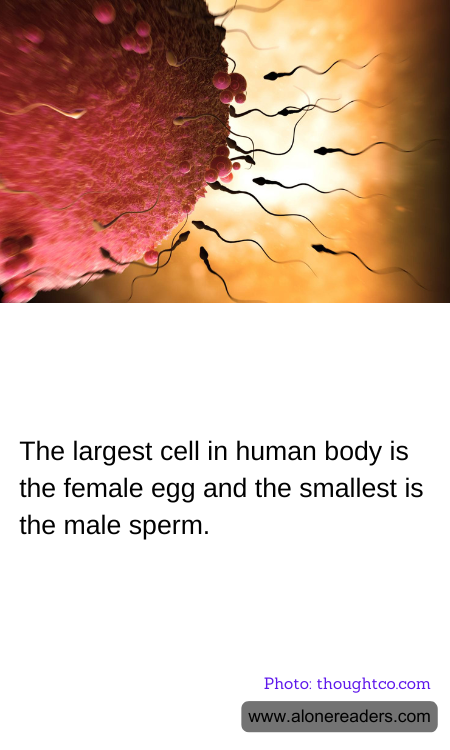
In the intricate landscape of the human body, size can have fascinating implications, particularly when it comes to the cells that play pivotal roles in reproduction: the female egg cell and the male sperm cell. The largest human cell is the female egg, also known scientifically as the ovum, which measures about 100 microns (or 0.1 millimeters) in diameter. In stark contrast is the male sperm cell, recognized as the smallest human cell, which is approximately 50 microns (0.05 millimeters) long, including its tail, but the head of the sperm, which contains the genetic material, is only about 5 microns (0.005 millimeters) in length.
The ovum's relatively large size compared to other cells in the body can be attributed to its function and structure. It not only carries half of the genetic material needed to form a new individual but is also laden with sufficient cytoplasmic reserves to nourish the embryo until it reaches the uterus. This cell is visible to the naked eye and is the only human cell that can boast this distinction, underscoring its unique role and importance in human biology.
On the other hand, the sperm cell is designed for mobility and speed, optimized to navigate the female reproductive tract to reach the ovum. Its elongated shape and the propulsive force generated by its tail are evolutionary adaptations that help it achieve its purpose of delivering genetic material efficiently with remarkable precision.
These two cells represent not only extremities in size but also a beautiful biological complementarity. Their interactions kick-start the process of fertilization, where their nuclei fuse to form a zygote, setting the stage for the development of a new human life. The disparity in their sizes also underscores a fascinating aspect of cellular function — how different life processes require radically different cell structures and sizes.
Thus, even in the microscopic environments of our bodies, the principle of form following function holds true, illustrating through the examples of the ovum and sperm how cells can evolve in size and shape to meet their specific biological roles effectively. The journey from conception when these two cells meet to the birth of a new individual showcases the remarkable efficiency and sophistication of human biology.